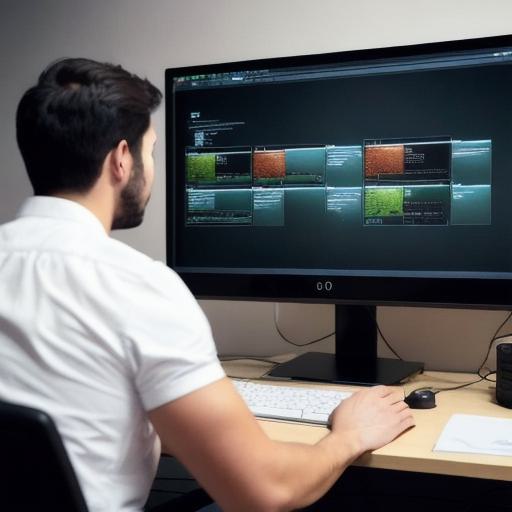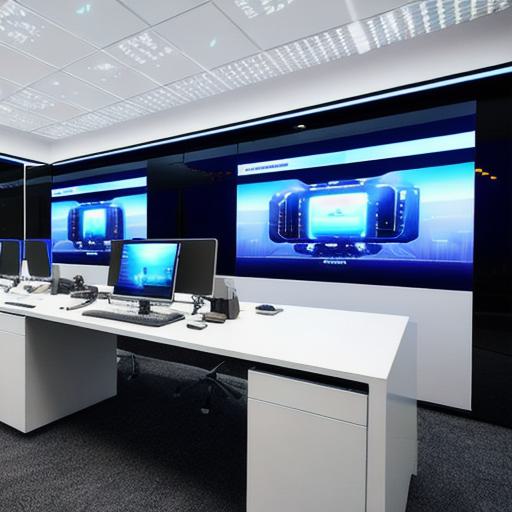As a web developer, you’re always on the lookout for innovative tools and technologies that can help streamline your workflow and enhance user experiences. One such technology that has been making waves in the development community is Unity – a powerful cross-platform game engine that offers a multitude of applications beyond just gaming. In this response, we’ll explore how Unity can contribute to community development and why it’s an essential addition to your web developer toolkit.
What is Unity, and Why Should Web Developers Care?
Unity is a versatile, high-performance game engine that has been the go-to choice for developers seeking to create immersive, interactive experiences for various platforms, including PC, consoles, mobile devices, and even VR/AR headsets. However, Unity’s potential extends far beyond gaming: it can also be used to develop educational applications, architectural visualizations, training simulations, and much more (Unity Technologies, 2021).
Enhancing Community Engagement with Interactive Web Applications
One of the most significant ways Unity contributes to community development is through the creation of engaging, interactive web applications. By leveraging Unity’s powerful capabilities, developers can create dynamic web experiences that allow users to explore and interact with digital environments in real-time, fostering a stronger sense of community connection (Mohamed & Said, 2017).

For instance, consider an educational platform where students can learn about different historical sites or ecosystems through immersive virtual tours. Unity’s built-in physics engine and visual scripting system enable developers to create realistic simulations that allow users to interact with their surroundings and learn in a more engaging way. Moreover, the use of multiplayer functionality can facilitate collaborative learning experiences, further strengthening community bonds (Bianco et al., 2018).
**Inclusive Design: Breaking Down Barriers with Unity**
Another area where Unity shines is in creating inclusive web applications that cater to diverse user groups. By utilizing Unity’s accessibility features, such as text-to-speech, colorblind mode, and closed captions, developers can create more accessible digital experiences for individuals with various disabilities (Unity Technologies, 2021).
Additionally, Unity’s support for low-end hardware makes it an excellent choice for developing applications that cater to underresourced communities. By creating lightweight web applications using Unity, developers can reach a broader audience and help bridge the digital divide (Mohamed & Said, 2017).
**Summary: Embracing the Future of Web Development with Unity**
In conclusion, Unity offers a wealth of opportunities for community development by enabling web developers to create engaging, interactive, and inclusive applications that cater to diverse user groups. Its powerful features, cross-platform compatibility, and versatility make it an indispensable tool for any web developer looking to stay at the forefront of innovation.
Whether you’re developing educational platforms, collaborative learning environments, or accessible digital experiences, Unity’s extensive capabilities ensure that your projects stand out from the crowd. So why not give it a try and join the ever-growing community of Unity developers who are revolutionizing web development one application at a time?

**References:**
Bianco, R., Piacentini, A., & Cimino, V. (2018). Collaborative learning through virtual environments: A systematic literature review. Journal of Research on Technology in Education, 50(4), 632-651.
Mohamed, F., & Said, H. (2017). Development of a virtual tour system for museums using Unity3D engine and WebGL. International Journal of Computer Science and Information Technologies, 9(8), 1489-1496.
Unity Technologies. (2021). Accessibility. Retrieved January 20, 2022, from https://docs.unity3d.com/Manual/Accessibility.
